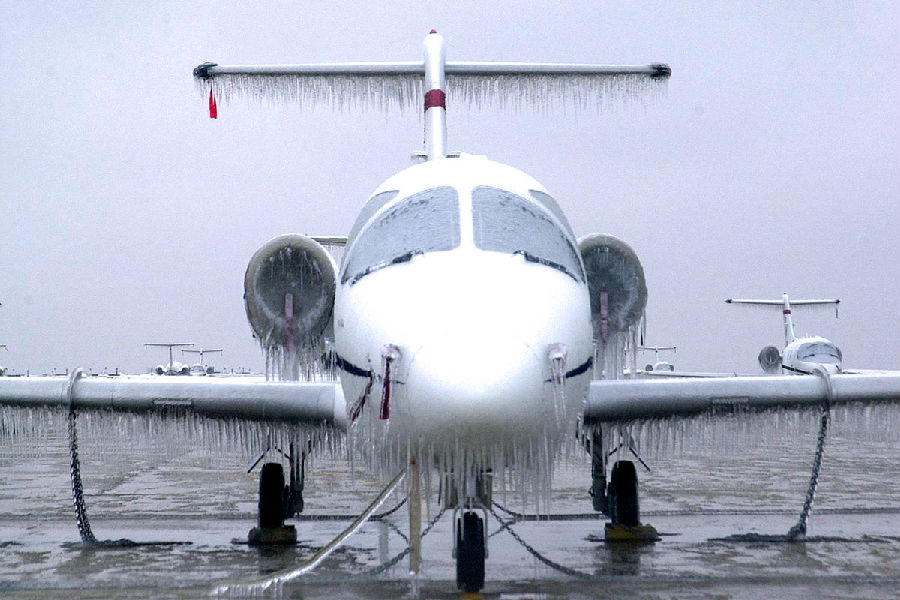

Contact: Manager Yang
Hotline: 950-4048-3964 (free)
Tel: 0510-85386636
Mobile: 18011518665
Shangmeng Technology Wuxi Co., Ltd.
Address: A1-602, Tianan Smart City, No. 228 Linghu Avenue, Xinwu District, Wuxi City, Jiangsu Province

Aircraft icing has brought flight risks such as increased costs and environmental impact and reduced safety. Regardless of jets, helicopters, or drones, the aircraft industry has been seeking a new, passive energy-free Ice method to replace or supplement traditional high-energy thermal de-icing technology. Ice-sand coating has become a new research field that material scientists have begun to pay attention to. It is a passive anti-icing material that can be applied to the surface of objects. It is similar to paint or paint and can change the surface properties of objects without the intervention of human means. Active deicing, to achieve energy saving. The National Research Council of Canada (NRC, similar to the Chinese Academy of Sciences) has developed a test method for this material technology, saying that its research has successfully filled the gap in this field.
NRC has developed a unique fixed-rotating ice-adhesive device that allows researchers to control and repeat operations to measure the adhesion of ice to various ice-cold coatings. The device was designed and assembled in the NRC's “High-altitude Ice Accumulation Wind Tunnel”. During the experiment, the tested coating sample was fixed at the end of the rotating arm of the rotating device. The surface of the coated sample first formed ice in the wind tunnel, and then Start to rotate and gradually accelerate to 9000 rpm until the ice layer falls off. The accelerometer is used to measure the ice shedding, and the shearing force is calculated by the time of shedding and the mass of ice. The smaller the force required for deicing, the better the coating. The reliability of the device is also reflected in the removal of the sample from the ice application position to the rotating device by conducting the entire test in the high-altitude icing wind tunnel, thereby circumventing the temperature and time changes due to this stage. The uncertainty of the test system coming.
The technology is said to be more practical for the use of unmanned aerial vehicles in cold regions. Ice-cold coatings enable lightweight passive de-icing, especially for the limited load capacity and payload of drones. Using this method and apparatus, the NRC has tested 12 ice-repellent coatings developed by some Canadian companies, three of which show the huge potential of drones against flying ice, in order to validate and demonstrate this in actual ice accretion Technology, NRC plans to test the feasibility of these three ice-cold coatings in high-altitude ice-winding tunnels in early 2018 for use in drone wings.
Address:Tianan Smart City A1-602, No. 228 Linghu Avenue, Xinwu District, Wuxi, Jiangsu, China TelePhone:0510-85386636 Fax:0510-85384339 E-mail:info@solmontech.com
KeyWord: